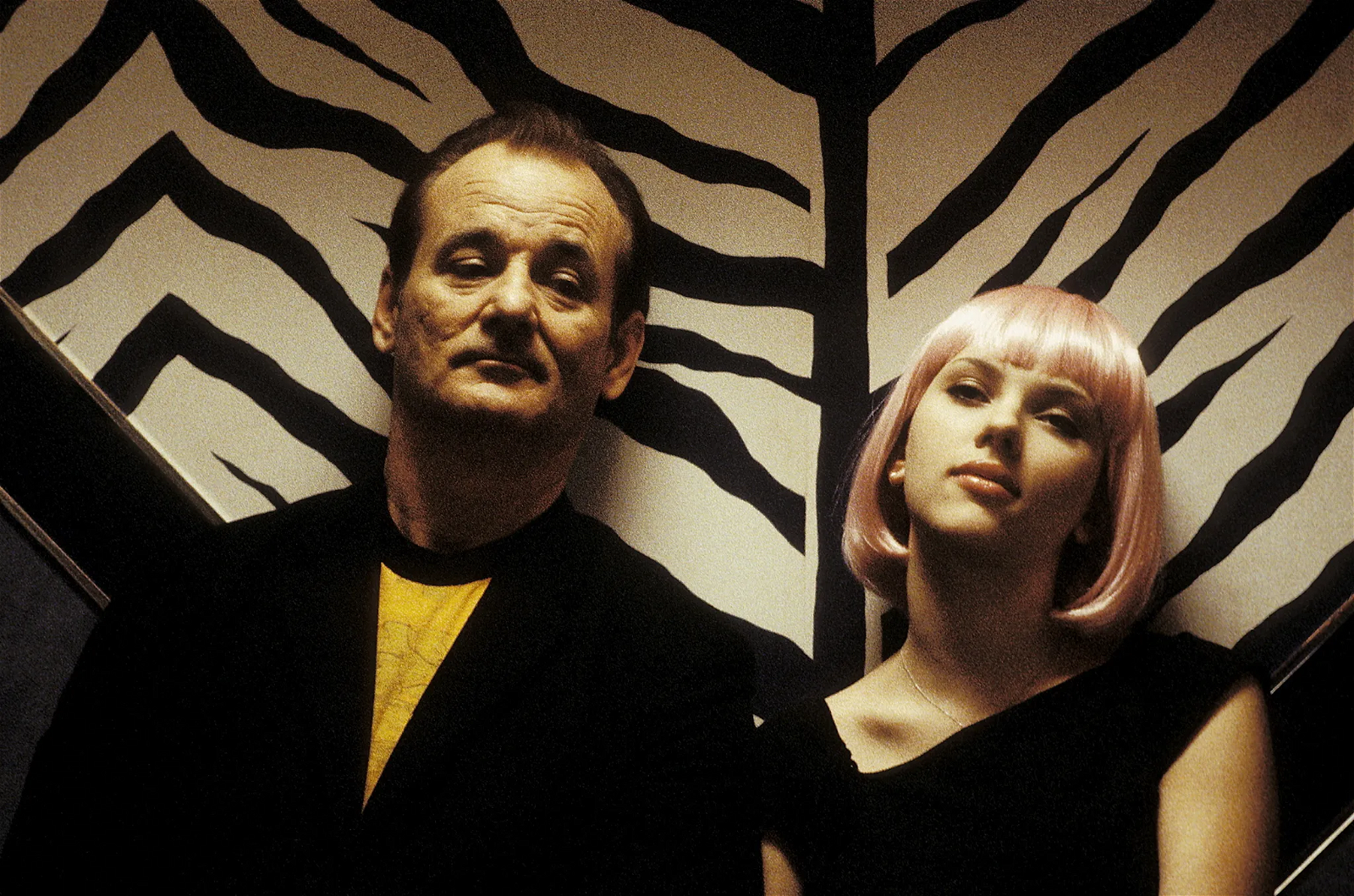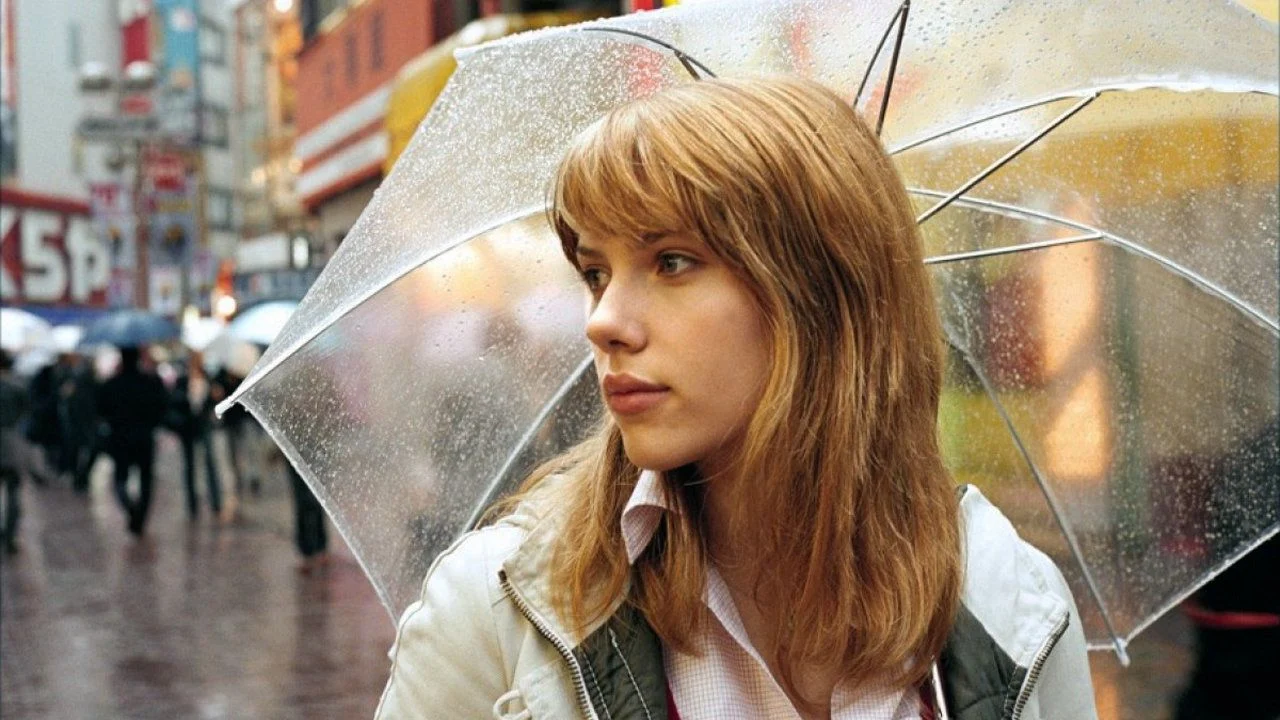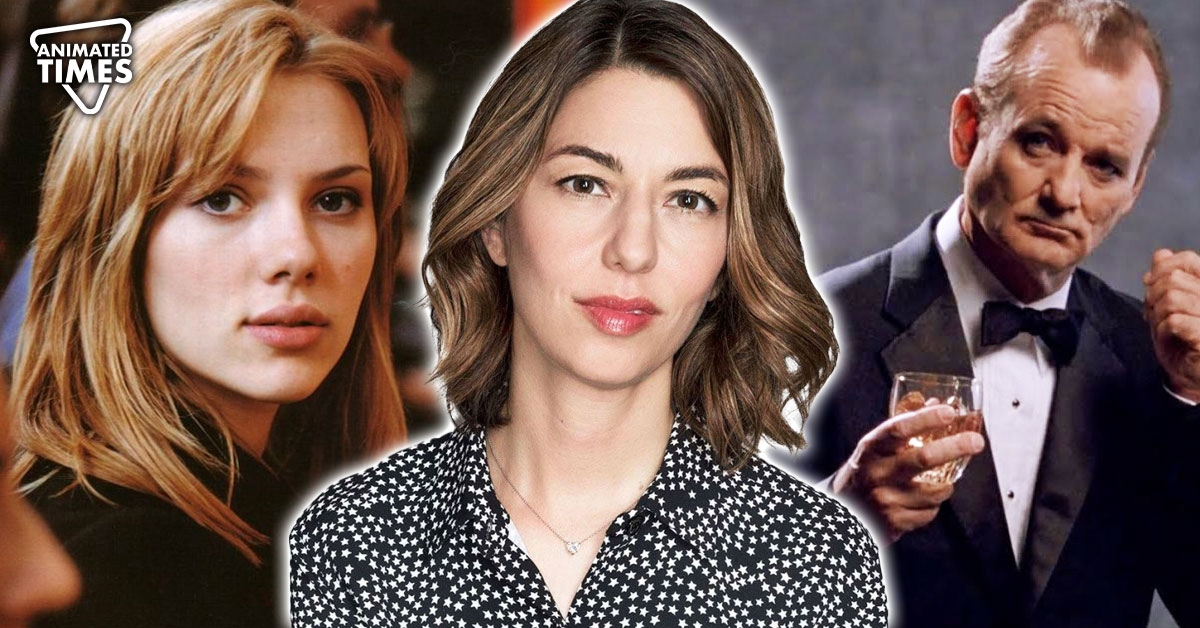“I didn’t think that much about it”: Sofia Coppola Had a Hard Time Defending Her Decision to Cast 17-Year-Old Scarlett Johansson Against Much Older Bill Murray After Her Kids Watched the Movie
Sofia Coppola is characterized by her distinctively expressive storytelling. In her films, she frequently features female leads who navigate complex emotions and societal expectations that grapple with emptiness and isolation within contemporary urban settings.
One of which is her timeless classic, Lost In Translation starring Scarlett Johannsson, which follows the story of a young abandoned girl, Charlotte, who forms an unlikely bond with an older man named Bill Murray. On the 15th anniversary of the movie, Coppola shares her insights regarding the age gap between Murray and Johansson.
Sofia Coppola explains age gap is central to Lost In Translation
It was 17 when Scarlett Johansson was cast to play Charlotte in Sofia Coppola’s Lost in Translation, and Bill Murray was in his 50s. While acknowledging her view that the age differences between the characters have evolved over the past 20 years.

In light of its 15th year, Coppola explains in Rolling Stone that the age gap is the core theme of the movie, which rightly portrays a fleeting, unbound relationship between two individuals who aren’t asexual.
“I showed it to my kids a few years ago when we were going to Tokyo and staying at the Park Hyatt, and that was the first time I’d watched it in a while, and they were like, ‘Why is she so young and he’s so much older?’ I had made it when I was closer to Scarlett’s age and didn’t think that much about it. That was something that they noticed the most.”
In real life, age gaps become concerning aspects of power dynamics. Bill Murray’s character is portrayed as a lovable and charming person. Coppola says the age gap between the characters is deliberately incorporated; perhaps it plays a crucial role in capturing the essence of the story.
In the context of the film, it’s not a problematic thing; rather, it adds depth to the characters and explores the idea that a romantic connection can exist irrespective of age without being sexual or physical.

“I don’t know. I’m not going to think about it. I was just doing my thing at the time it was made. I did notice that watching it with my kids because they’re teenagers and they were like, ‘What’s going on with that?’ But Bill is so lovable and charming. Part of the story is about how you can have romantic connections that aren’t sexual or physical. You can have crushes on people where it isn’t that kind of thing. Part of the idea was that you can have connections where you can’t be together for various reasons because you’re at different points in life.”
Both characters, Charlotte and Bob, are from different lanes of society. Bob Harris is a former movie star, and Charlotte is a typical girl who is completely alienated from her boyfriend, John, who finds interest in Anna Faris’s Kelly.
Both characters are dealing with different problems and emotional conflicts, and are ultimately living lonely, insulated lives in the busy city of Tokyo. While both develop a romantic connection, knowing that it can’t last a long time, this unique bond helps them during a time of change.
Sofia Coppola’s distinctive lens creates a stunning Tokyo

Sofia Coppola’s, Lost in Translation was released in 2003 on September 12th. With a budget of just $4 million, the film collected over $118 million at the global box office. It has received widespread critical attention, particularly Murray’s performance. One of the hallmarks of the movie is its use of minimal dialogue to enumerate visual storytelling using the unspoken emotions of the characters.
Also Read: “My legacy is all about…”: Sylvester Stallone Wants All His Fans to Learn One Thing from His Movies
The movie has been nominated for several film festivals and garnered four Academy Awards for Best Picture, Best Director, Best Actor, and Best Original Screenplay. Coppola became the first American woman to be nominated for Best Director.
Coppola, working with cinematographer Lance Acord, captures the visually pleasing Tokyo, highlighting the city’s neon-lit streets and tranquil moments. The movie, Lost in Translation, remains a modern-day classic, categorized as an enduring romantic drama that impacts the contemporary film landscape.
Source: Rolling Stone





